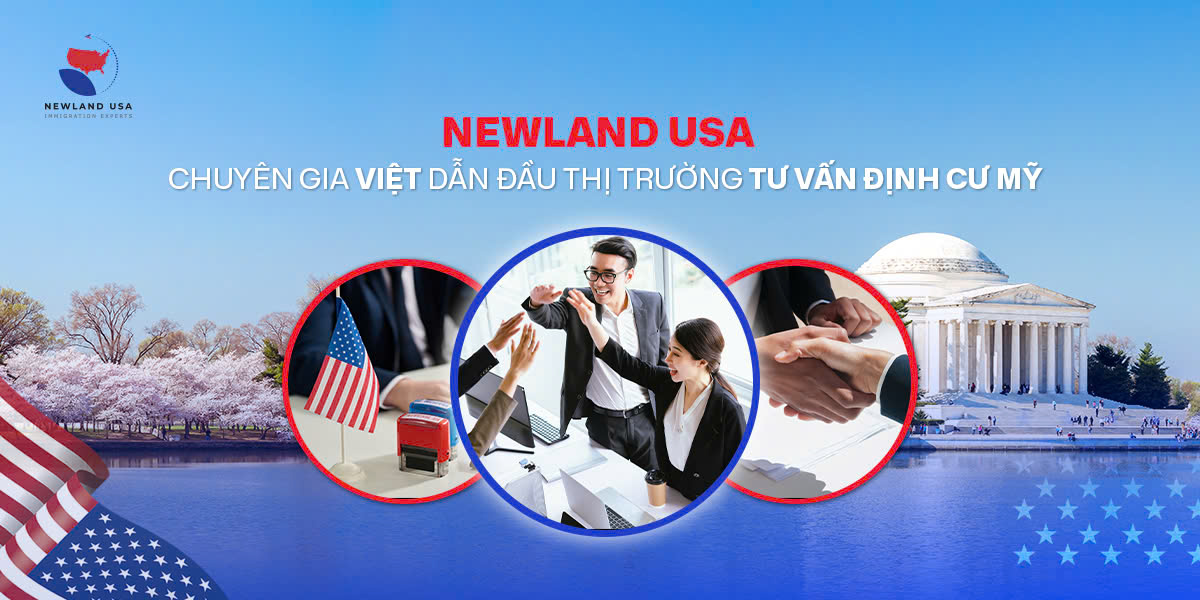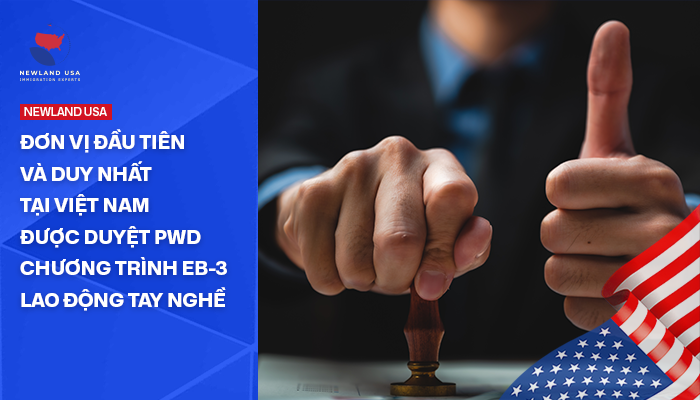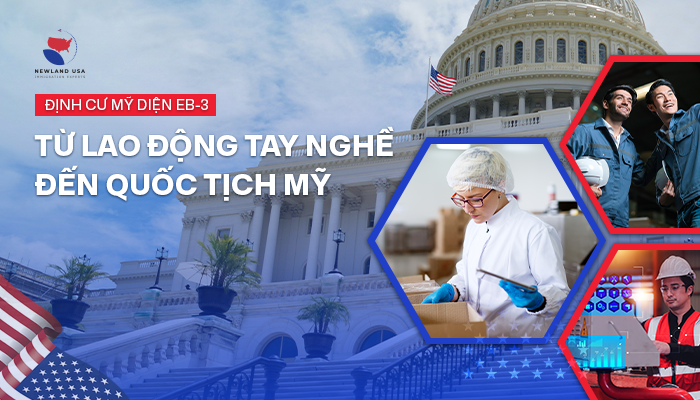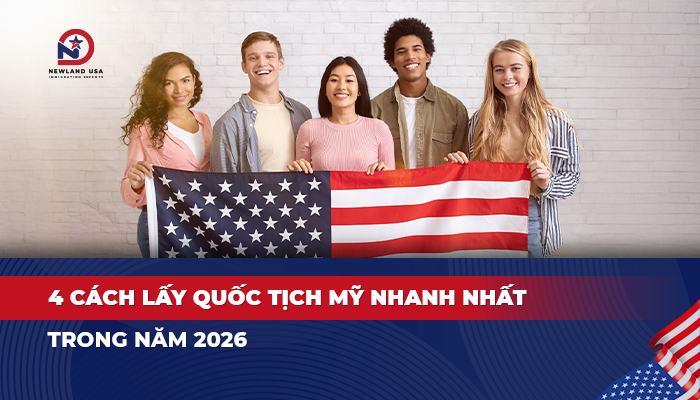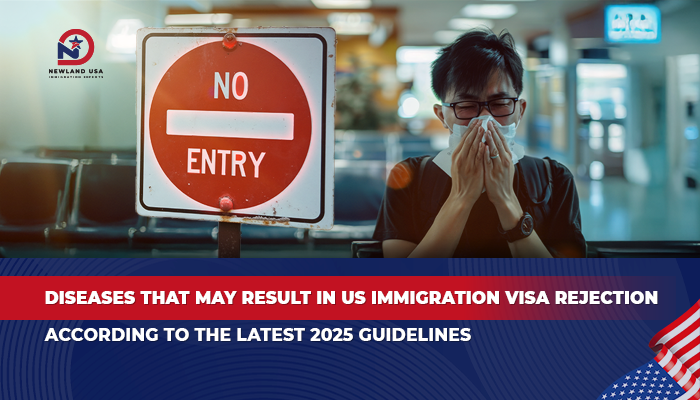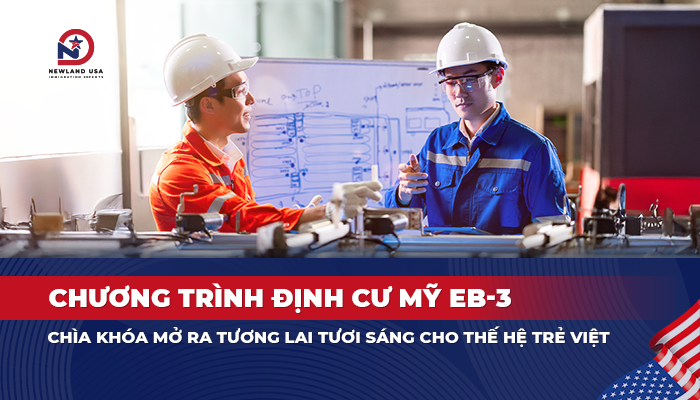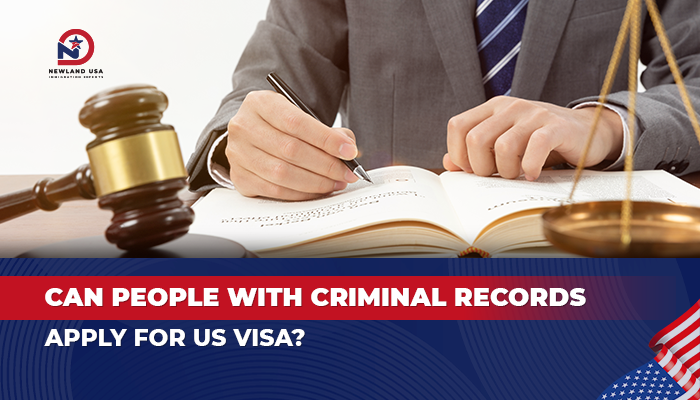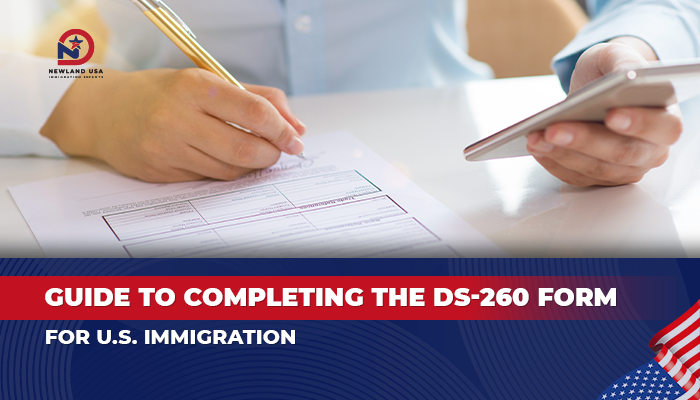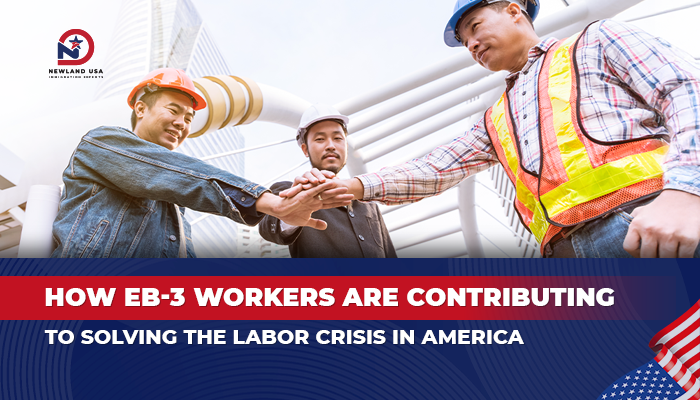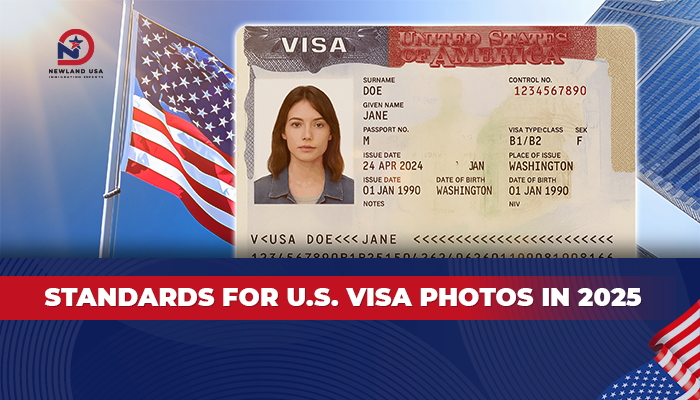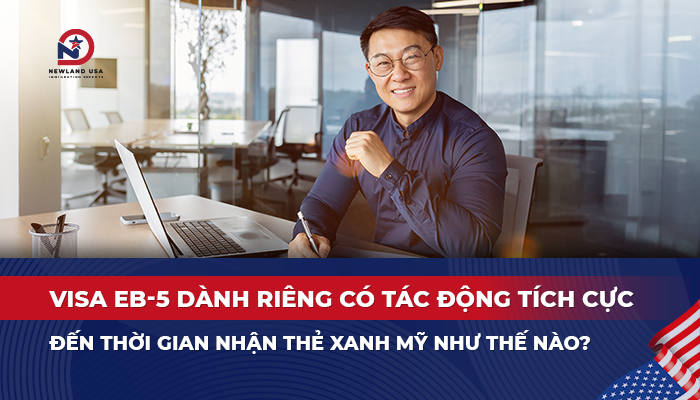EB3 Visa and 6 Other Legal Visa Types for Living and Working in the United States

EB3 Visa and 6 Other Legal Visa Types for Living and Working in the United States
EB3 Visa and 6 Other Legal Visa Types for Workers in the United States
The United States has always been a top destination for Vietnamese workers thanks to attractive income, career development opportunities, and quality living environment. However, to legally work in the U.S., workers need to obtain the appropriate visa type that matches their purpose and capabilities. Among the available visa types, the EB3 Visa is the most popular choice due to its simple requirements and the possibility of obtaining a green card. This article will provide a detailed analysis of the EB3 Visa along with 6 other work visa types that Vietnamese citizens can consider when aspiring to build their careers in the United States.
1. Overview of Work Visa Types in the U.S. for Vietnamese Citizens
To choose the right way to work in the U.S. legally, workers need to understand the various visa types issued by the U.S. Citizenship and Immigration Services (USCIS). Each visa type has its own requirements, procedures, and benefits. Choosing the right work visa not only helps you enter the U.S. labor market smoothly but also opens up opportunities for long-term settlement for your entire family.
The common visa types are divided into three main groups: visas for direct workers, investment and business visas, and priority visas for talented individuals. Each group serves a specific target audience with different conditions and benefits.
2. EB3 Visa – Top Choice for Ordinary and Skilled Workers
2.1. What is the EB3 Visa?
The EB3 Visa belongs to the Employment-Based Immigration visa group, designed for foreign workers who want to live and work in the U.S. long-term. This is one of the most popular ways to work in the U.S. for Vietnamese citizens because it doesn’t require a large financial investment and provides green cards for the entire family.
2.2. Three Categories of EB3 Visa
The EB3 Visa is divided into three clear categories, serving many different workers with varying levels of education and skills:
Skilled Workers: This group requires applicants to have at least two years of work experience or training in the relevant field. Occupations such as welders, electricians, mechanics, or technical staff fall into this category.
Professionals: This is for those who hold a bachelor’s degree or equivalent recognized in the U.S. The job must require a university degree to perform.
Other Workers: This group doesn’t require high professional qualifications, but the job must be full-time and not seasonal work. Jobs such as restaurant staff, production workers, or care workers can apply for this type of EB3 Visa.
2.3. Requirements for Applying for EB3 Visa
To successfully apply for an EB3 Visa, workers need to meet several mandatory conditions:
First, you need to have a U.S. employer willing to sponsor you. This company must prove that they cannot find suitable U.S. workers for the position.
Second, documentation proving work capability must be complete and convincing. For skilled workers, evidence of work experience is required. For professionals, recognized degrees are needed.
Third, applicants must ensure good health and have no criminal record that would affect the review process.
2.4. Benefits of Having an EB3 Visa
One of the outstanding advantages of the EB3 Visa is the ability to receive a green card (Green Card) right from the start. This means that workers along with their spouse and children under 21 years old will all receive permanent resident status, having the right to live, work in the U.S., and move freely.
Moreover, the EB3 Visa doesn’t require workers to invest large amounts of capital like other visa types, making it the most economical and feasible way to work in the U.S. for most Vietnamese citizens. After receiving a green card, workers can accumulate residency time to apply for U.S. citizenship after 5 years.
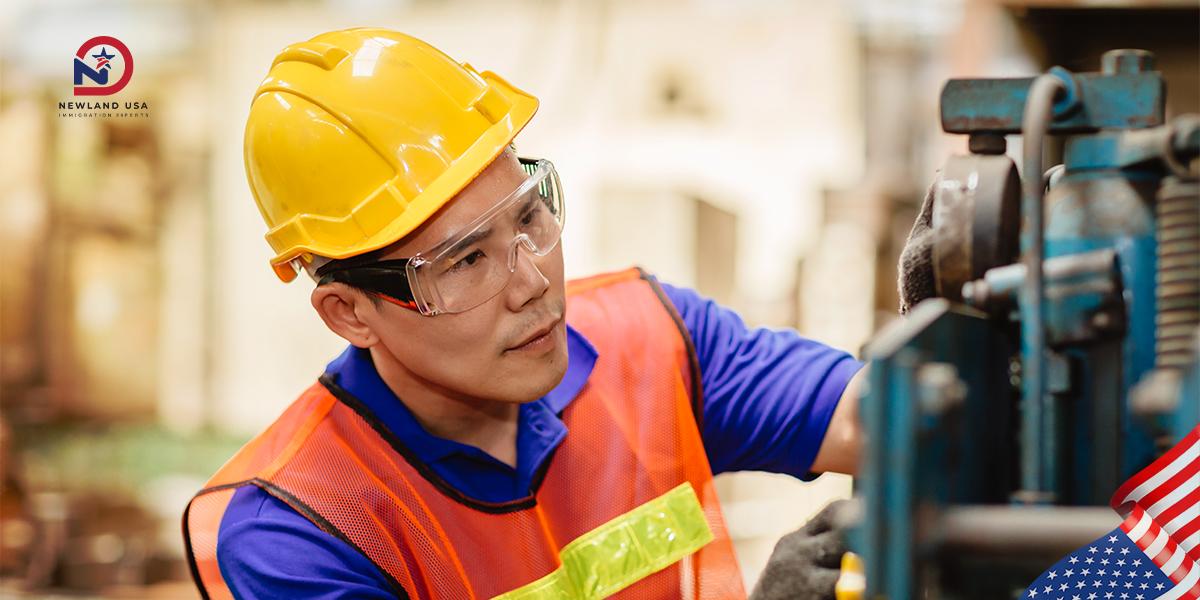
3. Other Work Visa Types for Vietnamese Workers
Besides the EB3 Visa, there are many other work visa types suitable for different purposes and target audiences. Below are six typical visa types that Vietnamese citizens can consider.
3.1. L-1 Visa – Intracompany Transfer
The L-1 Visa is designed for managers, executives, or highly specialized employees working in the U.S. through transfer from a parent company in Vietnam to a branch or representative office in the U.S.
This visa type is particularly useful for Vietnamese businesses expanding their operations to the international market. Holders of the L-1 work visa can convert to an EB-1C green card after a certain period if they meet the criteria for senior management.
An important advantage of L-1 is that the spouse of the visa holder will receive L-2 status and be allowed to work in the U.S. legally, helping the entire family quickly settle into life.
3.2. H-1B Visa – For Highly Qualified Professionals
The H-1B Visa is one of the most competitive work visa types, specifically for those who hold a bachelor’s degree or higher and are hired for specialized positions. Common fields include information technology, engineering, finance, healthcare, and scientific research.
Each year, the U.S. only issues about 85,000 H-1B Visas through an electronic lottery system, making the acceptance rate quite low. However, if lucky enough to be selected, workers can work in the U.S. for three years and extend for another three years.
After the work period, many people convert to EB3 Visa or EB-2 to apply for a green card.
3.3. E-2 Visa – Investment and Business Management Visa
Unlike traditional work visas, the E-2 Visa is for entrepreneurs who want to invest in and operate their own business in the U.S. E-2 holders not only have the right to work in the U.S. but can also bring their entire family to live.
However, Vietnam currently doesn’t have a bilateral trade treaty with the U.S. that allows citizens to apply for E-2 directly. The current solution is that Vietnamese citizens can obtain second citizenship from countries like Grenada to qualify for application.
The major advantage of E-2 is that there’s no limit on the number of permits and it can be renewed indefinitely as long as the business operates effectively. This is a flexible way to work in the U.S. for those with investment capital and business experience.
3.4. EB-5 Visa – Investment Immigration to the U.S.
The EB-5 Visa is a premium investment immigration program, requiring investors to invest at least $800,000 in a business project in the U.S. and create at least 10 jobs for U.S. citizens.
In return, investors and their families will receive green cards right from the start, having full rights as permanent residents: freedom to study, work in the U.S., and do business without geographical restrictions. After 5 years, they can apply for U.S. citizenship.
Although the investment amount is quite high, EB-5 is still a way to work in the U.S. and settle that many families in Vietnam choose because of its stability and ability to build a future for their children.
3.5. EB-1 Visa – For Talented Individuals and Senior Leaders
The EB-1 Visa belongs to the highest priority group in the U.S. immigration system, for individuals with outstanding achievements in fields such as science, arts, sports, education, or business. Additionally, senior executive managers of multinational companies can also apply for EB-1.
The special feature of EB-1 is that applicants can self-petition for a green card without needing employer sponsorship. This is the fastest and most economical way to work in the U.S. for those with special abilities recognized internationally.
The EB-1 review process is usually faster compared to EB3 Visa and other categories, helping approved individuals receive permanent residency rights sooner.
3.6. SB-1 Visa – Restoration of Permanent Resident Status
The SB-1 Visa is a special type for those who once held a U.S. green card but had to leave the U.S. for an extended period due to reasons beyond their control such as illness, work, or family obligations.
If you fall into this category and want to return to work in the U.S., SB-1 will help you restore your permanent resident status without having to apply for a new work visa from scratch. However, you need to prove that your extended absence from the U.S. was necessary and most importantly, prove that you still desire to live and work in the U.S.

4. Comparison of EB3 Visa with Other Work Visas
When comparing the EB3 Visa with other visa types, we can clearly see the advantages and disadvantages of each type.
The EB3 Visa stands out with simpler requirements compared to H-1B because it doesn’t depend on a lottery system and can apply to ordinary workers as well. Compared to EB-5, the EB3 Visa doesn’t require a large financial investment. Compared to L-1, EB3 Visa applicants don’t necessarily have to work for multinational companies.
However, the waiting time to receive an EB3 Visa may be longer than high-priority categories like EB-1. Despite this, with the ability to receive a green card right from the start and no capital investment requirement, the EB3 Visa remains the most balanced way to work in the U.S. for the majority of Vietnamese workers.
5. Basic EB3 Visa Application Process
To successfully apply for an EB3 Visa, workers need to go through the following steps:
Step 1: Find a U.S. employer willing to sponsor. This is the most important step because without an employer, you cannot apply for an EB3 Visa.
Step 2: The employer files for Labor Certification with the U.S. Department of Labor to prove that there are no suitable U.S. workers available.
Step 3: After the Labor Certification is approved, the employer files Form I-140 (Immigrant Petition for Alien Worker) with USCIS to sponsor the worker.
Step 4: When the I-140 petition is approved and has a priority date, workers can file for adjustment of status (if in the U.S.) or apply for a work visa at the U.S. Consulate (if in Vietnam).
Step 5: Attend an interview at the Consulate and complete medical and security procedures to receive the green card.
This process can take 3 to 5 years depending on nationality and priority level. However, the final result is a legal green card that allows you and your family to work in the U.S. permanently.

6. Advice on Choosing the Right Visa Type
Choosing the right work visa type depends on many factors such as education level, work experience, financial resources, and your long-term goals.
If you’re an ordinary worker or skilled worker without a university degree, the EB3 Visa is the most ideal choice. If you’re an IT professional, engineer, or doctor with advanced degrees, H-1B or EB-2 may be more suitable.
For those with investment capital, EB-5 or E-2 will be a way to work in the U.S. while building your own business. And if you’re a talented individual recognized internationally, EB-1 will help you shorten the time to receive a green card.
Most importantly, you should thoroughly research each visa type and consult with reputable immigration experts to make the most accurate decision for yourself and your family.
7. Conclusion
The EB3 Visa and six other work visa types open up many legal pathways for Vietnamese citizens to work in the U.S. and build a better future. Each visa type has its own advantages serving different target audiences.
Newland USA, with a team of experienced experts and the motto “Stable Settlement – Lifelong Prosperity,” is ready to advise and assist in preparing documents and accompanying clients throughout the EB3 immigration process to the U.S. Contact Newland USA immediately via hotline 0785591988 or email: newsletter@newlandusa.asia for detailed and free consultation.

